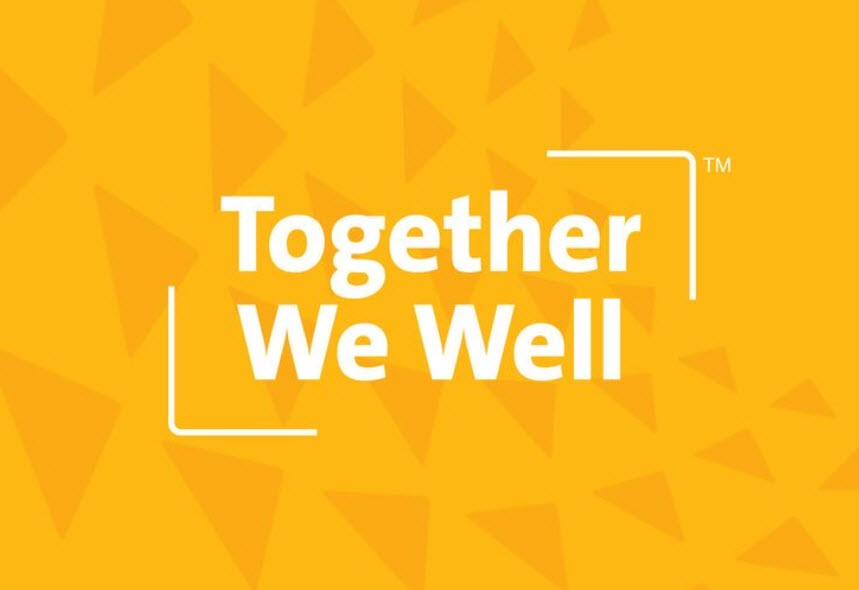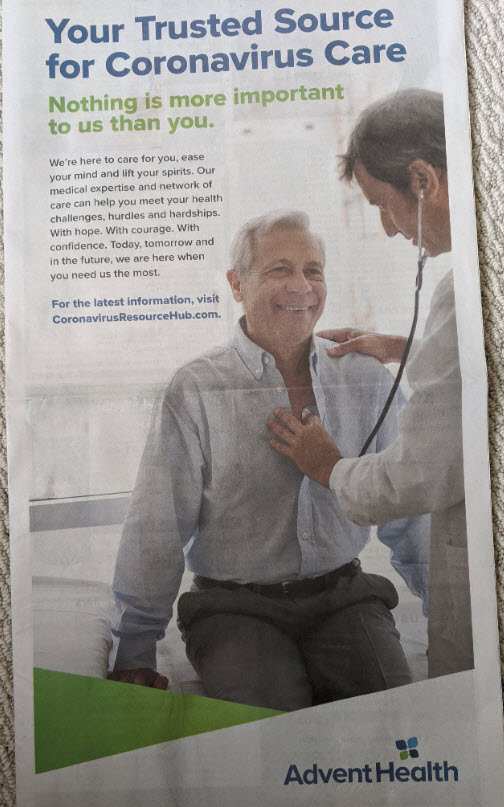Health System Branding.
 I worked on the North Shore-LIJ Health System brand strategy about 20 years ago. Today North Shore is called Northwell Health. If I did my job correctly, the brand strategy should still be valid. From everything I’ve seen, it is. In fact, three ads agencies later, even with a professional yet rudderless ad campaign in place and a goofy tagline (Look North), I still see evidence of the original “system-centric” brand strategy. Some popping up anew after many years.
I worked on the North Shore-LIJ Health System brand strategy about 20 years ago. Today North Shore is called Northwell Health. If I did my job correctly, the brand strategy should still be valid. From everything I’ve seen, it is. In fact, three ads agencies later, even with a professional yet rudderless ad campaign in place and a goofy tagline (Look North), I still see evidence of the original “system-centric” brand strategy. Some popping up anew after many years.
As someone who follows health system brand strategy, I recently came across one (it will remain nameless) for a which brand campaign was launched last fall. On the agency of record website this is what was said about the goals:
“Integrated creative campaign that would increase system brand awareness and build a positive perception of the organization among the ____ community.”
I kid you not. Awareness and positive perception.
The resultant advertising is beautiful. Shot in black and white. Great casting. Lovely videography, maybe even cinematography to keep the quality and price up. But idea? Ugatz! Strategy? Ugatz!
What gives advertising a bad name is freeform creativity without an endemic category goal. The best creative directors want to accomplish something. They want to tell a story. They push for brand strategy.
Healthcare system branding still has a long way to go.
Peace.





